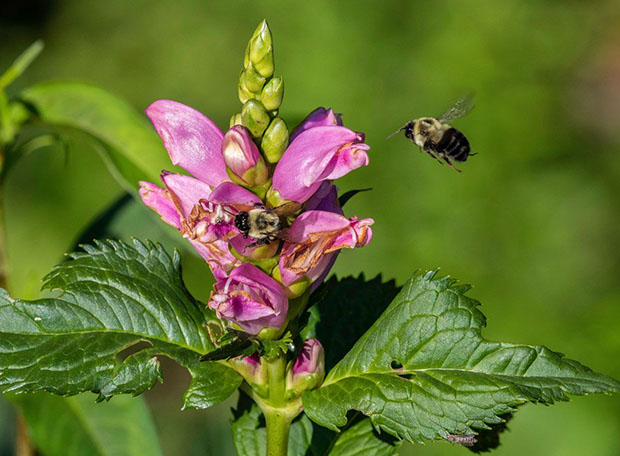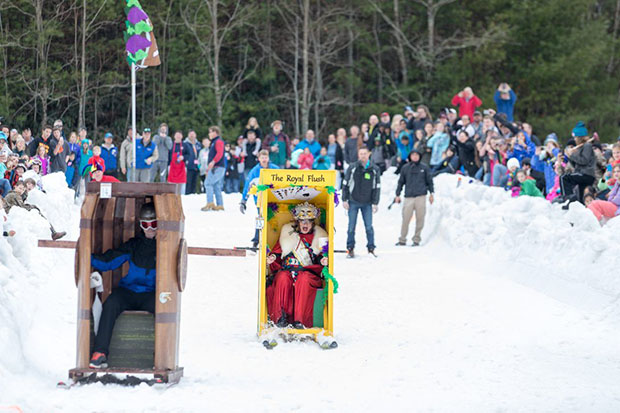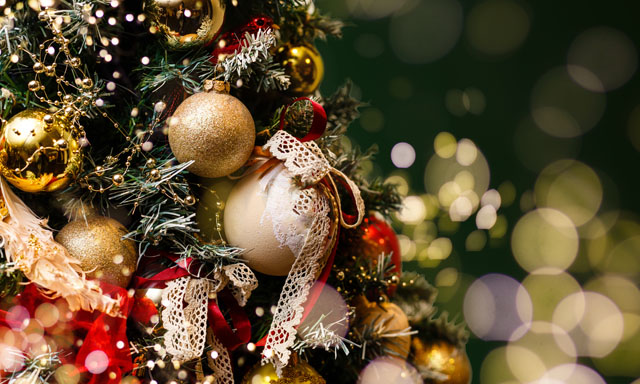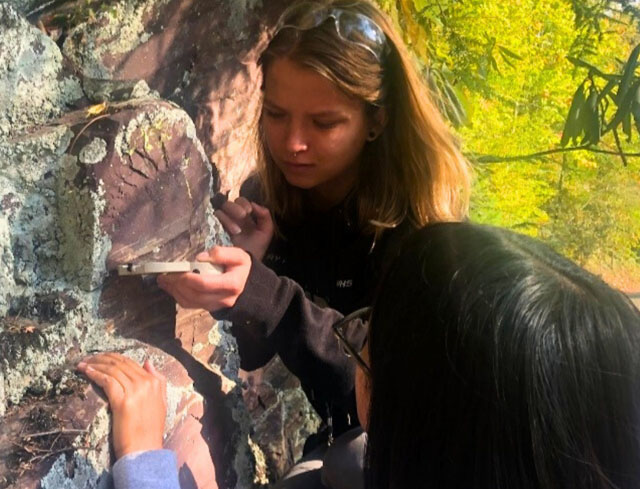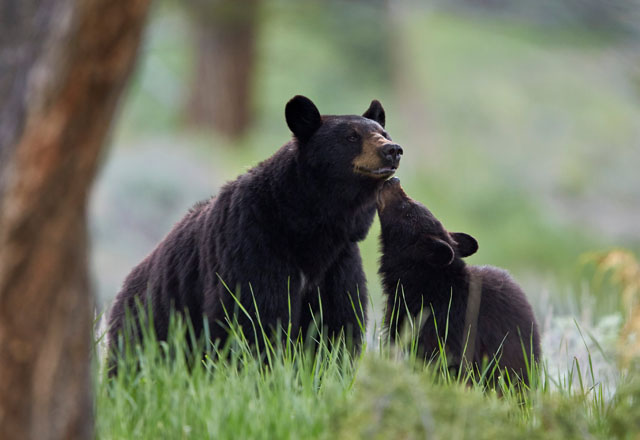An Apple a Day
07 Feb 2022
Heritage Apple Day and an exploration into the local history of apples
By: Kristin E. Landfield
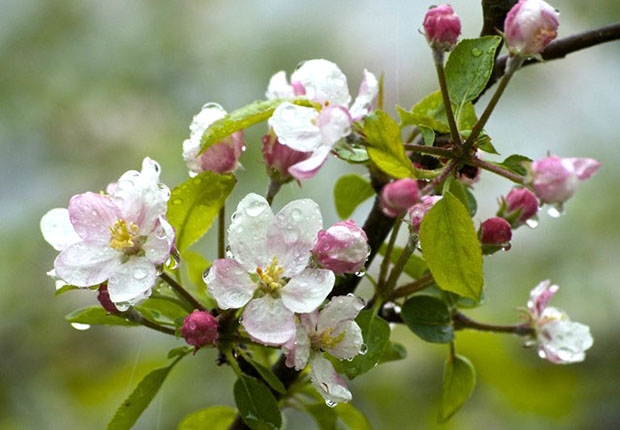
“Surely the apple is the noblest of all fruits,” wrote Thoreau in 1862. The apple plays an iconic role in our human history. It is immersed in myth, fable and symbolism, enjoyed in countless culinary manifestations, seen in advertising and art, and evokes nostalgic notions of autumn and Americana. In 1976, Steve Jobs and Steve Wozniak immortalized the depiction of the apple as a symbol of knowledge with their revolutionary computer, naming Apple’s signature product “McIntosh” after the tasty and tart variety. In literature, the apple appears as an archetype for both wholesomeness and seduction, a forbidden source for sin and a celebrated emblem of wisdom. “One bad apple spoils the barrel” is among the myriad adages with apples as the subject.
The apple’s allure is ubiquitous, much like the range of terrain in which the trees can produce. There is just something about apples that beguile us, and as Michael Pollan describes in “The Botany of Desire,” their spread and adaptation are symbiotic with human migration and development. The ancestor, Malus sieversii is the wild species in the rose family (Rosaceae) from which all varieties descend. Incidentally, one can recognize the shared lineage of the genera Rosa and Malus when comparing the flowers and fruit (called hips) of a wild rose to those of apples and crabapples. Native to the forests of Kazakhstan, M. sieversii produces large fruit and is the progenitor to all cultivated varieties. The apple found its way out of Kazakhstan via the Silk Road; then to Europe, eventually, Pilgrims carried stock across the Atlantic to North America, where the crabapple is, in fact, the only native species in the genus.
The story of the apple is essential to the expansion of the United States. Early colonists were limited in safe water supply, so at-home cider production was the primary way to ensure a sterile drink. Fermentation was the means to avoid sickness and dehydration, even for children (applejack was the stronger liquor). Eventually, the bounty of the Silk Road found its way to Appalachia and west. Here in the southern Appalachians, our regional apples are intricately linked to the history of the Cherokee, who curated appealing varieties. Such apples, notably the Junaluska variety, were propagated after the Trail of Tears; some can still be found in old orchards and homesites. Cultivation allowed farmers to pick from June to November, with selections found to keep through the winter. It wasn’t until traveling nurserymen began to peddle scionwood for grafting that seedling apples disappeared. Along with this propagation advancement, however, apples lost their hybrid vigor.
In modern production, fruit trees are propagated by grafting, attaching the scionwood of one plant to the rootstock of another to yield an exact replication, whereas seedling propagation produces plants that are a mix of two parents. The latter allows for hybrid adaptation, but the outcome is less predictable—the apple may fall a little farther from the tree, so to speak. Today, there is scant variance in the fruit and little heterogeneity in the rootstock as well. In the effort for supermarket homogeneity, little attention is given to the specific resilience small farms relied on, where desirable characteristics of a given tree were linked to the precise locale in which it was found. This is the nature of heirloom horticulture: gardeners identified thriving roses, tomatoes, daffodils, etc. and shared among neighbors. A choice variety for Georgia is unlikely to perform in Michigan and vice-versa; consequently, heirloom names often reflect the place of cultivation. Disease resistance is connected to its origin. Reduction of chemicals depends on this; otherwise, heirloom produce can be at least as difficult as modern counterparts. Apple guru Tom Brown found that by the late 1990s, there were fewer than 100 commercial varieties, and 11 accounted for 90% of the market. It’s estimated that as many as 11,000 varieties have become extinct. Unlike heirloom apples, with their complexity of shapes and flavors, these few varieties were selected for transport success and shelf life. There is a reason apple trees are susceptible to disease—they lack genetic vigor—essentially, their ‘family tree’ doesn’t branch.
It’s important to note that vegetative propagation isn’t the problem per se—it’s because of standardization (like with the Cherokee’s Junaluska variety) that we have delicious snacking apples rather than tart “spitters” and cider apples. Yet heirloom varieties, though grafted, avoid a one-size-fits-all model and are more closely linked to our seedling past. Simple genetic science suggests that some seedling integration would protect vigor and allow for adaptations to thrive in modern conditions, then grafting would take the best adaptations and develop food for our communities. This is Johnny Appleseed’s gift: the millions of seedlings that found their way across the land provided the vast genetic range for farmers to find just the right tree for their home orchards. Our rich pomological heritage results from seedling diversity in our country’s history.
To celebrate the bounty of apples in our region, the Cashiers Historical Society will host their annual Heritage Apple Day on March 26th, from 11:00-2:00 at the Cashiers Community Center. The day includes grafting demonstrations, snacks and cider, complimentary trees, children's activities and crafts. For more information, call 828-743-7710 or check the Cashiers Historical Society’s Facebook page. Big Horse Creek Farm is a gem of an heirloom orchard and nursery, with a cache of resources, scionwood and guidance on best heritage varieties and methods for gardening success. www.BigHorseCreekFarm.com
Follow-up resources:
R.J. Garner’s “The Grafter’s Handbook,”a touchstone reference for guidance and nuance in various propagation techniques.
Lee Creighton Calhoun’s “Old Southern Apples: A Comprehensive History and Description of Varieties for Collectors, Growers, and Fruit Enthusiasts”
For retired North Carolina engineer Tom Brown’s quest to rescue and revive nearly extinct varieties, go to Meet the Appalachian Apple Hunter Who Rescued 1,000 'Lost' Varieties - Gastro Obscura (atlasobscura.com)

